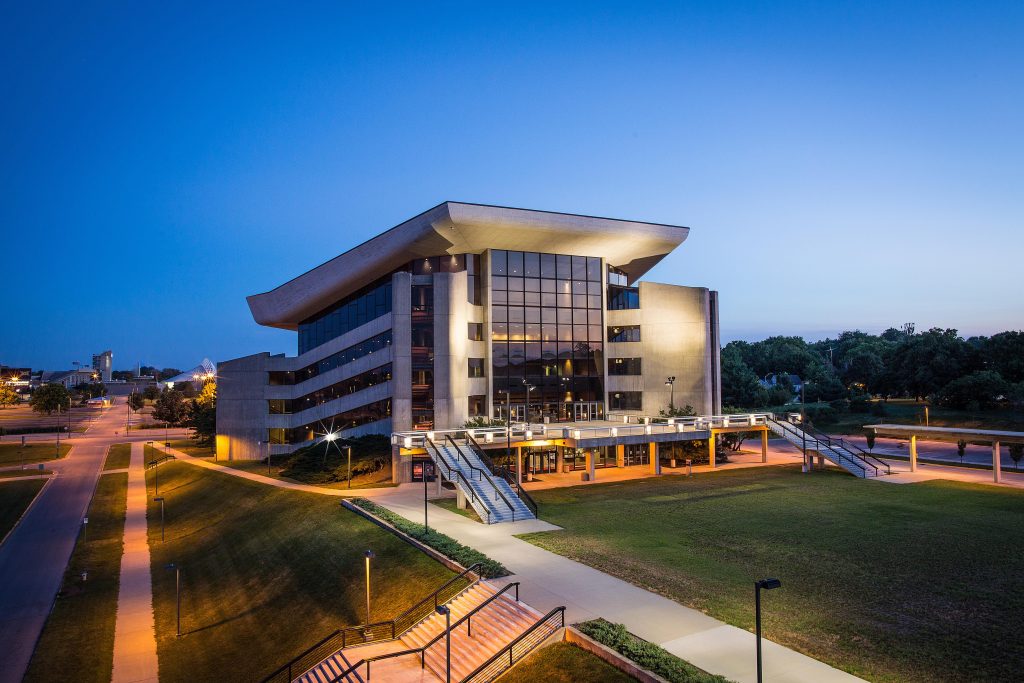More from Stephens Auditorium: View Upcoming Events Ticket Office Information For Promoters
The Iowa State Center began as the dream of James H. Hilton, who graduated from Iowa State University in Dairy Science and served as University President from 1953-1965. He proposed the idea of an educational/cultural/athletic complex at the 1954 fall faculty convocation.Clifford Y. Stephens, another Iowa State University alumnus, led donations with a one million dollar gift toward the Center’s construction of a performing arts auditorium. C.Y. Stephens’ gift came from the dream that he shared with Hilton. He felt passionately that a person’s first great need was the opportunity to get an education and believed all students should have an opportunity to develop an appreciation for the fine arts, which he considered necessary for adequate living. Thanks to their fundraising efforts, the Iowa State Center was constructed without using any state funds.
The New York Philharmonic Orchestra opened Stephens Auditorium in the fall of 1969 with a five-performance, week-long festival. Hilton Coliseum opened in 1971 followed by Fisher Theater in 1974 and Scheman Building in 1975.
At the dedication of the building in 1969, C.Y. Stephens; widow expressed her hope that “within the walls of the C.Y. Stephens Auditorium, countless persons will experience a newborn appreciation for the performing arts in the decades to come. There could be no more fitting tribute to the memory of my husband who discovered his love for the theater as a student on this campus more than four decades ago.”
C.Y. Stephens Auditorium named Building of the Century by American Institute of Architects 2005 AIA Iowa 25-Year Award!
When compared to other buildings of the period, this structure has a sculptural power and organic quality that is unique and evocative. At the time of its design the influence of Japanese theoretical projects based on later buildings of Le Corbusier was of great interest to all architects. Louis Kahn’s reputation was on the rise and as a result, the frank and embellished use of contemporary materials and mechanical systems represents one of the major concerns of designers.
However there is also a residue of Midwestern audacity related to the later buildings of Frank Lloyd Wright that seems to inform this particular building. The plastic power of the central spaces enclosure and circulation elements are singularly successful and a genuine contribution to the art of architecture. The exterior expression has a powerful sculptural quality especially in the roof form and the structure addresses the ground in an ordered and rational way. The integration of the curved forms and the rational fenestration in the end is successful but not as eloquent as the purely figural elements and spaces of the building. Architectural taste clearly cycles between periods of creative intensity followed by periods of refinement and rationalization.
One of the more interesting aspects of the architecture of this period is that it now can be seen to be a logical ancestor to much of the design currently being carried out investigating pure expressive power and complex geometry. When viewed in this light, the mastery of this structure is clear and history will certainly treat this building with the respect it clearly deserves.



You must be logged in to post a comment.